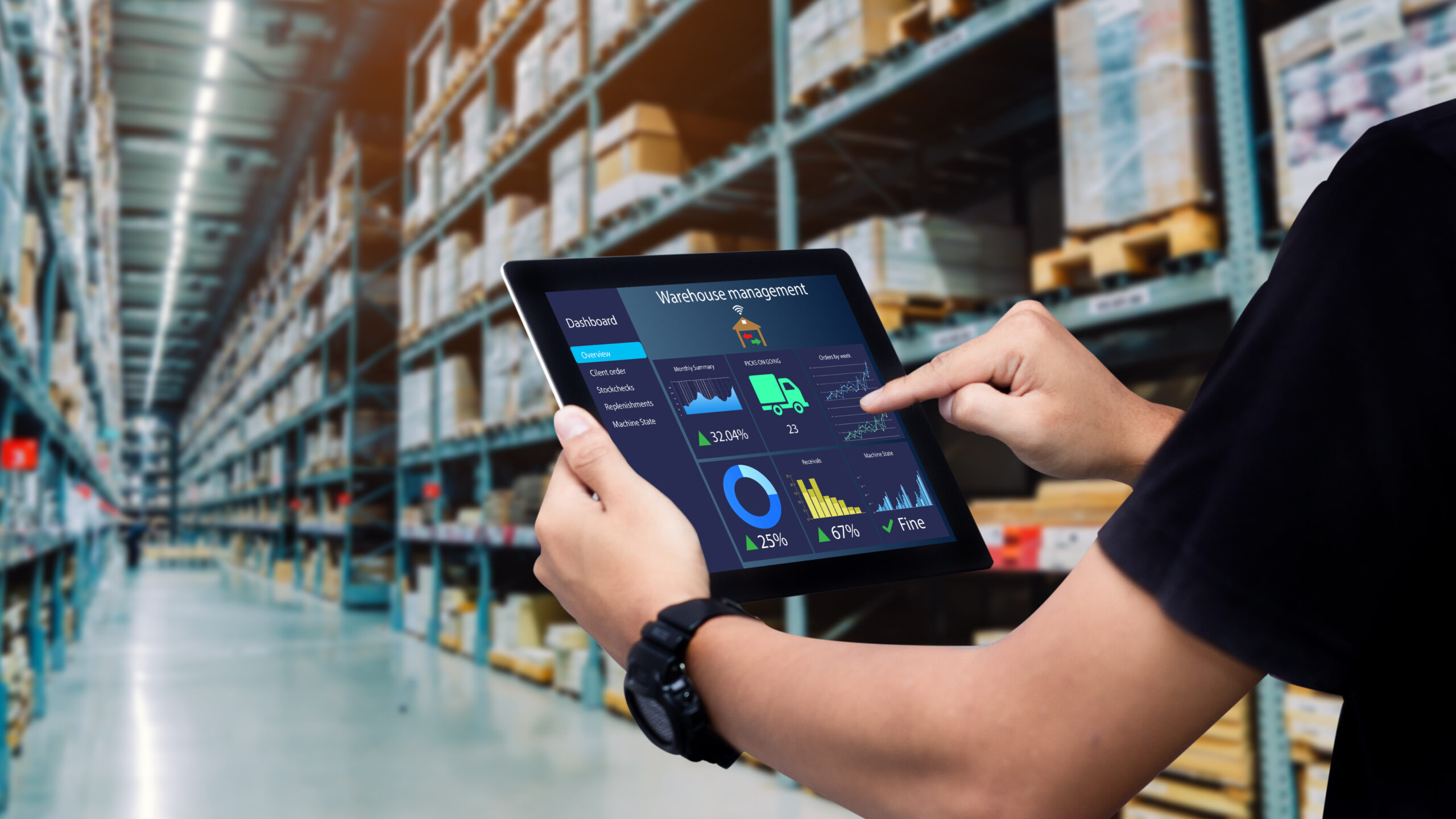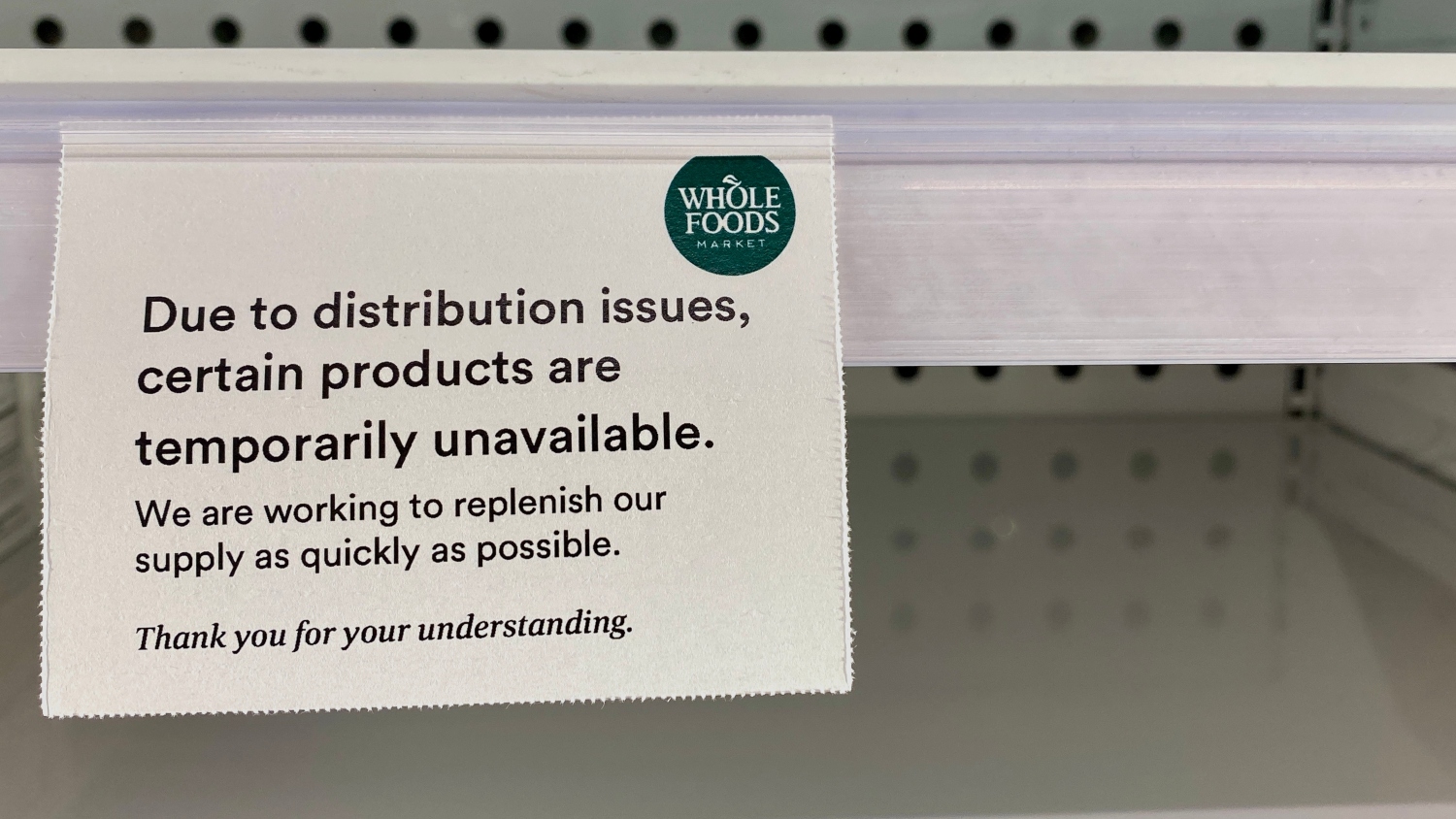Wi-Fi HaLow Opens New Opportunities for Tracking and Monitoring Goods

A growing trend in supply chain and logistics is the utilization of the Internet of Things (IoT). Kevin Daly of Morse Micro states that such innovations must be “standards-based [and] cost-effective,” including the ability to operate on “low power to sustain long battery life and [be] able to span long distances.” He names Wi-Fi HaLow as an example of such well-ordered technology, because it can meet these demands.
The shift to IoT technology can help strengthen end-to-end asset management with the following:
- Raw materials
- Works in progress
- Finished good inventory
- Real-time tracking of end-customer delivery
Ameliorating these areas can offer companies with a comprehensive view regarding the logistics and supply chain and hindrances, such as interruptions, cost of repairs, and make better use of time. Within these realms, IoT can provide instantaneous data on a shipment’s location, stronger loss prevention, and a company’s goals. But most importantly, it allows for consumer feedback.
Employing Wi-Fi HaLow can improve the tracking of putrescible items (e.g., fruits and vegetables) to determine the appropriate temperature needed for said goods to sustain freshness. Further, this wireless technology can lengthen their battery life of pickers and scanners and for more wireless usages. Allowing for free-range scanners can also help cover large factories or warehouses, and it opens more opportunities for stronger security.
The switch to IoT is imperative due to the global supply chain becoming more digitized, and the implementation of Wi-Fi HaLow can help stakeholders perform better efficiency as businesses acclimate to the future.
Source: Food Logistics
- Categories:


